Unhardening steel is a crucial process in metallurgy, allowing the material to regain some of its workability and ductility, which are often sacrificed during hardening processes like quenching.
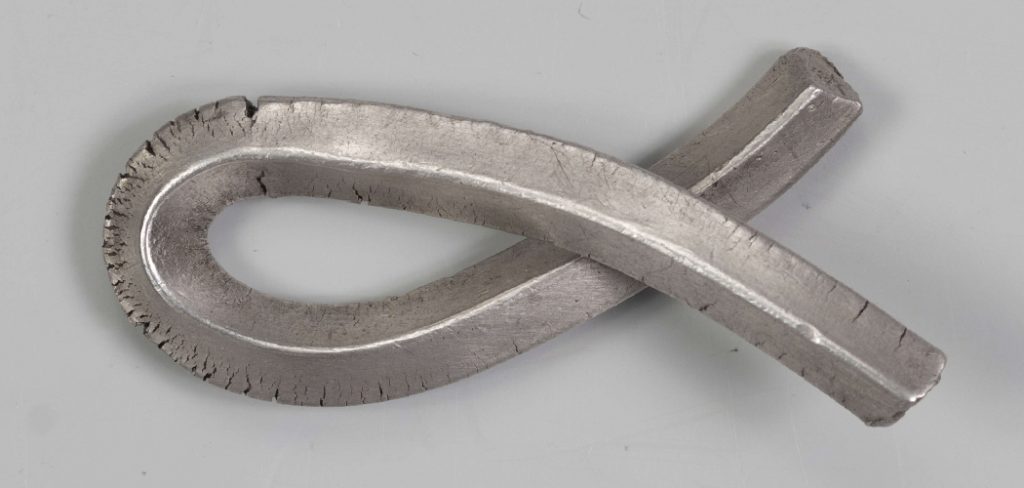
This process on how to unharden steel is important in applications where a balance between hardness and flexibility is required. It is commonly used in the creation of tools, machinery components, and various steel products that require further shaping or machining.
Understanding how to adjust the properties of steel through techniques such as annealing and tempering can significantly impact its performance and longevity in its final application, making it an essential skill for metallurgists and engineers.
Why Does Steel Become Hardened?
Steel becomes hardened when it is exposed to extreme temperatures, typically during the quenching process. During this process, the steel is heated to a high temperature and then rapidly cooled by immersing it in a liquid or air.
This rapid cooling causes the steel’s molecular structure to change, resulting in a harder and more brittle material. This process is often necessary to achieve certain desired properties in steel, such as increased strength and wear resistance.
It is important to note that not all steel can be hardened and some may not require hardening at all, depending on its composition and intended use. For example, stainless steel is a type of steel that does not harden but instead gains its strength through the addition of other elements such as chromium and nickel.
Needed Materials
To effectively unharden steel, you will need the following materials:
- A Furnace or Heat Source Capable of Reaching Temperatures Between 500-1000 Degrees Celsius
- An Appropriate Quenching Medium Such as Oil, Water, or Air
- Protective Gear, Including Gloves and Safety Glasses to Handle Hot Metals
8 Step-by-step Guidelines on How to Unharden Steel
Step 1: Prepare the Steel
Begin by thoroughly cleaning the steel component that you intend to unharden. Remove any dirt, oil, rust, or coatings that may be present on its surface, as these contaminants can affect the heat treatment process. Use a wire brush, sandpaper, or a chemical solvent as necessary to ensure the steel is clean and ready for treatment.
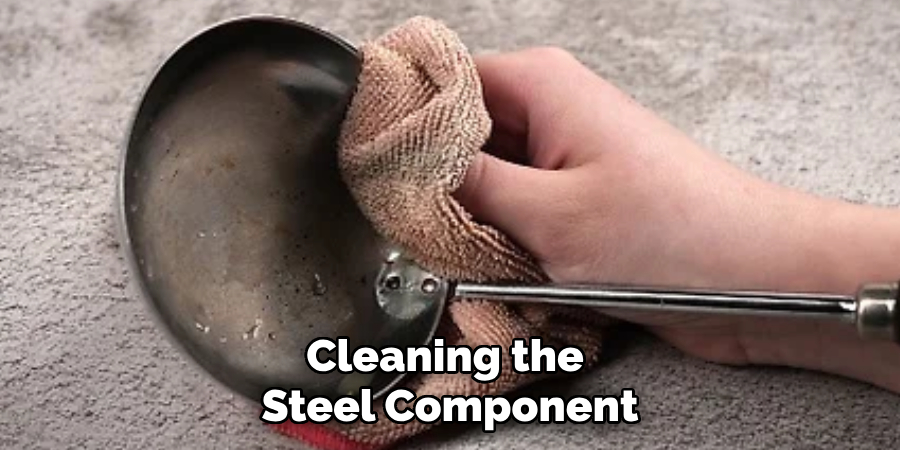
Once cleaned, inspect the steel for any visible cracks or damage that could compromise the annealing process. Ensuring the steel is clean and free from defects is crucial for achieving the desired results in later steps.
Step 2: Heat the Steel
Place the steel in a furnace or heat source capable of reaching temperatures between 500-1000 degrees Celsius. This temperature range is necessary to reach the steel’s critical transformation point, also known as its austenization temperature.
Allow the steel to remain at this temperature for a sufficient amount of time to ensure it has reached a uniform temperature throughout its entire structure.
Step 3: Hold at High Temperature
Once the steel has reached the desired temperature range, it is vital to maintain this high temperature for a specific duration. This period, known as “soaking,” allows the steel’s internal structure to reach equilibrium and ensures that the entire piece has become uniformly austenitic.
Depending on the size and composition of the steel, the soaking time may vary, generally ranging from 30 minutes to several hours.
It is important to avoid overheating or underheating during this phase, as doing so can compromise the desired properties in the final product. Properly soaking the steel ensures that the subsequent cooling process will effectively result in the desired level of softness and ductility.
Step 4: Quench the Steel
After the soaking phase, it is time to rapidly cool the steel using an appropriate quenching medium. The choice of quenching medium will depend on the type of steel and its thickness. For example, water or brine are suitable for thin components, while thicker pieces may require oil or air as a cooling agent.
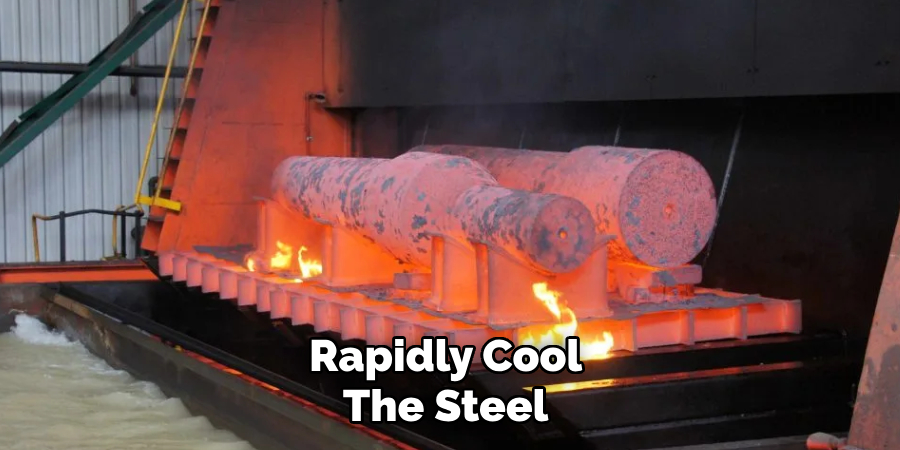
The rapid cooling process triggers a molecular transformation in the steel, creating a soft and ductile structure. It is important to note that this step must be completed quickly and efficiently to achieve the desired results.
Step 5: Cool Down
Once the steel has been successfully quenched, it is crucial to allow it to cool down gradually to room temperature. This process should be conducted in a controlled manner to prevent any unintended stresses or defects from developing within the steel. Depending on the size and type of the steel component, this cooling period may vary.
It is important to ensure that the cooling takes place in a stable environment, away from any drafts or sudden temperature fluctuations that could compromise the steel’s properties. Allowing the steel to cool steadily ensures that its molecular structure stabilizes properly, resulting in a balance of hardness and ductility suitable for further processing or use.
Step 6: Inspect the Steel
Once the steel has cooled down completely, it’s essential to inspect it thoroughly to ensure that the unhardening process has been successful. Begin by visually examining the steel for any surface defects such as cracks, warping, or inconsistencies that may have occurred during the heat treatment.
Use magnification tools if necessary to detect any fine imperfections. Following the visual inspection, mechanical testing, such as hardness tests, is performed to evaluate the material’s ductility and softness against desired specifications.
It may also be beneficial to section a small part of the steel to conduct a microstructural analysis, verifying that the grain structure is consistent with the softened state expected. Proper inspection will ensure the steel meets the necessary standards for further applications or manufacturing processes.
Step 7: Repeat if Necessary
If the inspection reveals that the steel has not achieved the desired level of softness or ductility, it may be necessary to repeat parts of the unhardening process.
Pay particular attention to the heating and quenching phases, as any deviations in temperature or timing can affect the final properties of the steel. Review the specific requirements for the steel type and intended application to determine the optimal parameters for re-treatment.
Repeating the process should be done methodically to ensure consistency and multiple iterations may be required to reach the desired specifications without compromising the material’s integrity.
Step 8: Store or Use the Steel
Once the steel has successfully been unhardened and inspected, it is ready to be stored or used for its intended purpose. It’s crucial to handle and store softened steel with care, as any accidental impact or exposure to excessive heat can alter its properties.
Protect the finished product by storing it in a dry location away from other metals that could cause scratches or damage. If using the steel for further manufacturing processes, take appropriate precautions to prevent overheating or other potential sources of stress during processing.
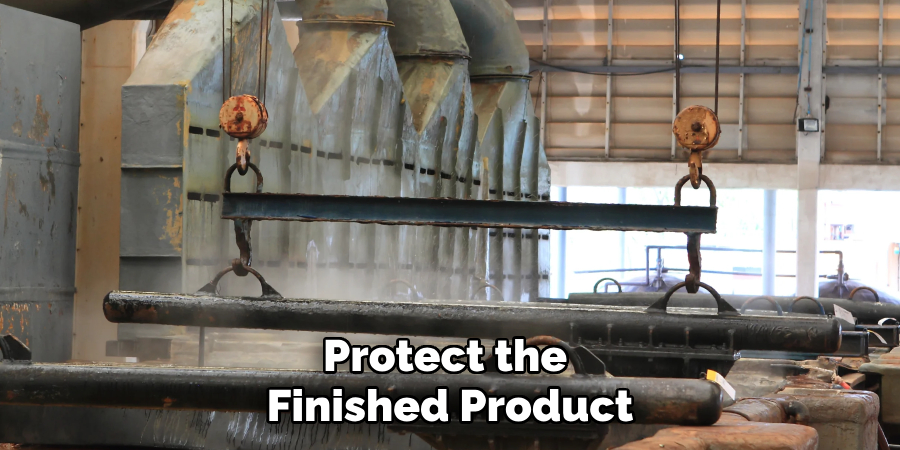
Following these steps on how to unharden steel and best practices will ensure that the heat treatment process for steel is completed effectively, resulting in a product that meets all necessary specifications and performs as desired. By understanding each step’s purpose and potential complications, one can achieve optimal results consistently, making it an essential skill for any metalworker or manufacturer.
Additional Considerations
While the steps outlined above provide a general overview of the unhardening process for steel, there are additional factors to consider when working with this material. These include the type and composition of the steel, the desired level of softness and ductility, and any potential external factors that may affect the heat treatment process.
For example, some types of steel may require a specific pre-heating or post-weld heat treatment to achieve optimal results. Others may have different quenching requirements based on their composition or intended use in high-stress applications.
It’s important to research and understand these specific considerations before undertaking any unhardening process to avoid potential complications or failures.
Additionally, proper equipment and safety measures must be in place when working with heated metal to protect against potential hazards such as burns or fire hazards. Wear appropriate personal protective equipment (PPE) and follow all recommended safety protocols to ensure a safe and successful heat treatment process.
Frequently Asked Questions
Q: Can Any Type of Steel Be Unhardened?
A: Yes, most types of steel can undergo a heat treatment process to soften and increase ductility. However, certain alloys or specialized steel grades may require more specific methods or considerations for optimal results. It’s essential to research and understand the steel type and its composition before attempting to unharden it.
Q: Is Unhardening Steel a Reversible Process?
A: Yes, unhardening steel is a reversible process that can be repeated multiple times if necessary. However, each treatment may slightly alter the material’s properties, so it’s crucial to carefully monitor and inspect the steel after each iteration to ensure consistency and meet desired specifications.
Q: What are Some Common Applications for Softened Steel?
A: Softened steel has various applications in industries such as automotive manufacturing, construction, and toolmaking. It is often used for components that require both strength and flexibility, such as springs, gears, and cutting tools. Softened steel can also be used for welding purposes as it is more malleable than hardened steel.
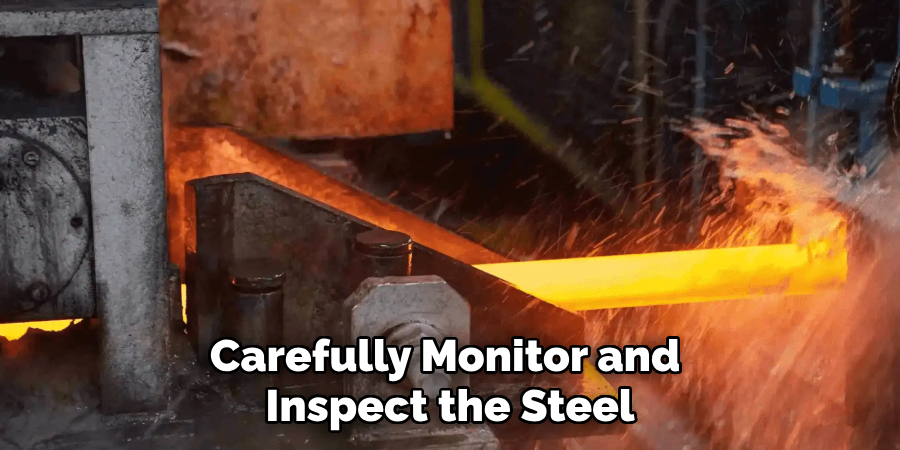
Conclusion
By following these step-by-step guidelines on how to unharden steel, you now have the necessary knowledge to effectively unharden steel and achieve the desired level of softness and ductility for your specific application.
Remember to conduct thorough inspections, repeat the process if necessary, and take additional considerations into account for optimal results.
With practice and attention to detail, you can become proficient in this essential skill for metalworking and manufacturing operations.
Edmund Sumlin is a skilled author for Metal Fixes, bringing 6 years of expertise in crafting a wide range of metal fixtures. With a strong background in metalwork, Edmund’s knowledge spans various types of fixtures, from decorative pieces to functional hardware, blending precision with creativity. His passion for metalworking and design has made him a trusted resource in the industry.
Professional Focus:
- Expert in Metal Fixtures : Edmund aesthetic specializes in creating durable and innovative metal fixtures, offering both appeal and functionality. His work reflects a deep understanding of metalworking techniques and materials.
- Sustainability Advocate : He is dedicated to using sustainable practices, ensuring that every fixture is crafted with eco-friendly methods while maintaining high-quality standards.
In his writing for Metal Fixes, Edmund provides valuable insights into the latest trends, techniques, and practical advice for those passionate about metal fixtures, whether they are professionals or DIY enthusiasts. His focus on combining artistry with engineering helps others discover the true potential of metal in design.


